Epic Guide to Natchez National Historical Park located in Mississippi! This guide includes history, things to do, where to stay, nearby camping, and so much more!
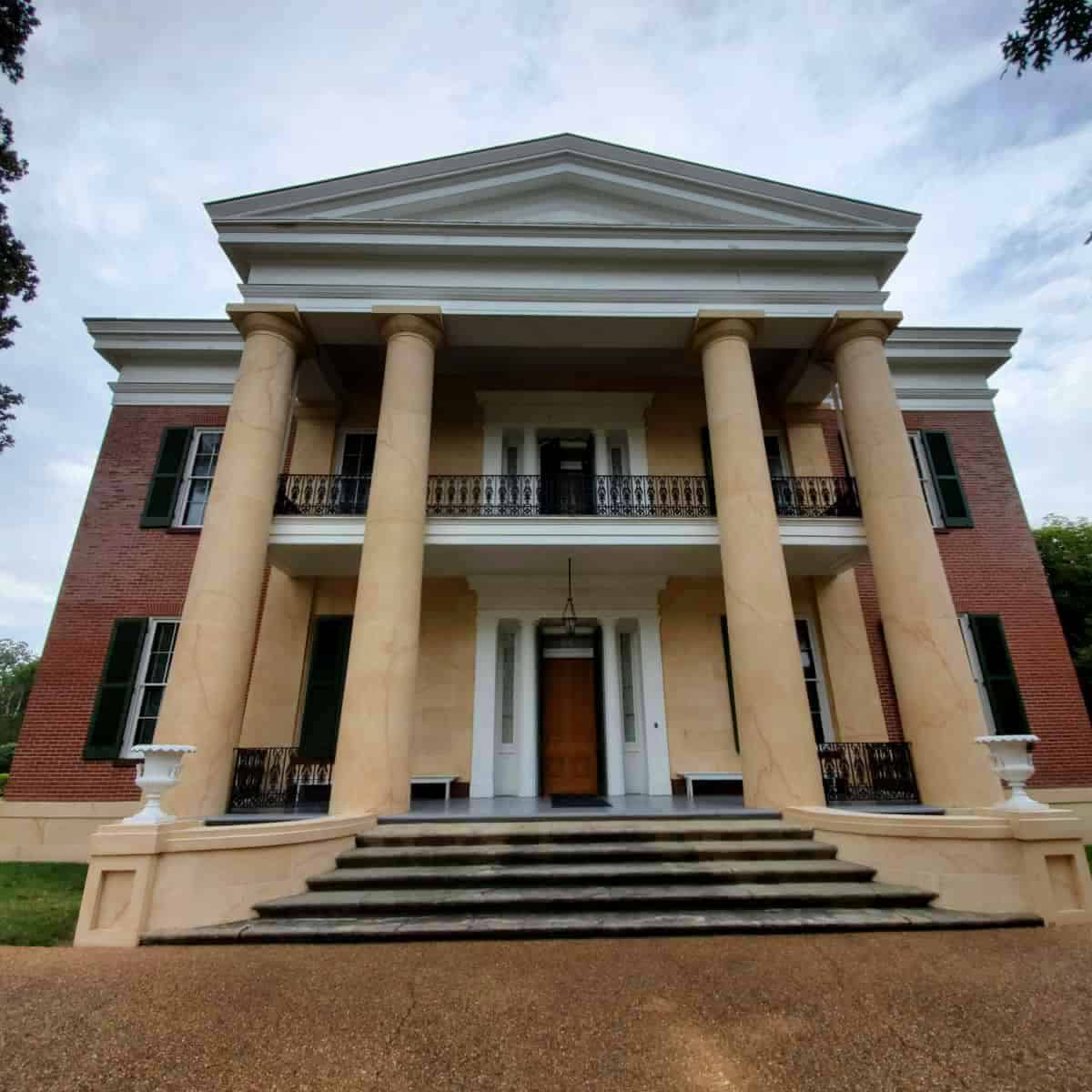
TL;DR Don’t have time to read the full article? Here are my top finds:
🏨Hotels and Vacation Rentals
📍Tours
🐻 Save time! Buy your National Park Pass before your trip
Natchez National Historical Park
Natchez National Historical Park is located in Natchez, Mississippi. The park includes three different distinct areas to visit, Fort Rosalie, William Johnson House, and Melrose Estate.
About Natchez National Historical Park
The park is comprised of three separate sites, all of which are significant to the south-central United States' history.
At the Melrose Estate, visitors can marvel at the perfectly preserved antebellum mansion's grandeur, while the William Johnson House offers a glimpse into the life of a free Black businessman during the 19th century.
The Fort Rosalie site provides valuable insight into Mississippi's colonial history, with ruins and exhibits presenting the story of early French settlement in the region.
For those interested in American history and architecture, Natchez National Historical Park is a highly recommended destination.
Natchez National Historical Park is a diverse and informative attraction that offers a comprehensive overview of the Mississippi River region's history, making it an essential destination for both history enthusiasts and casual travelers.
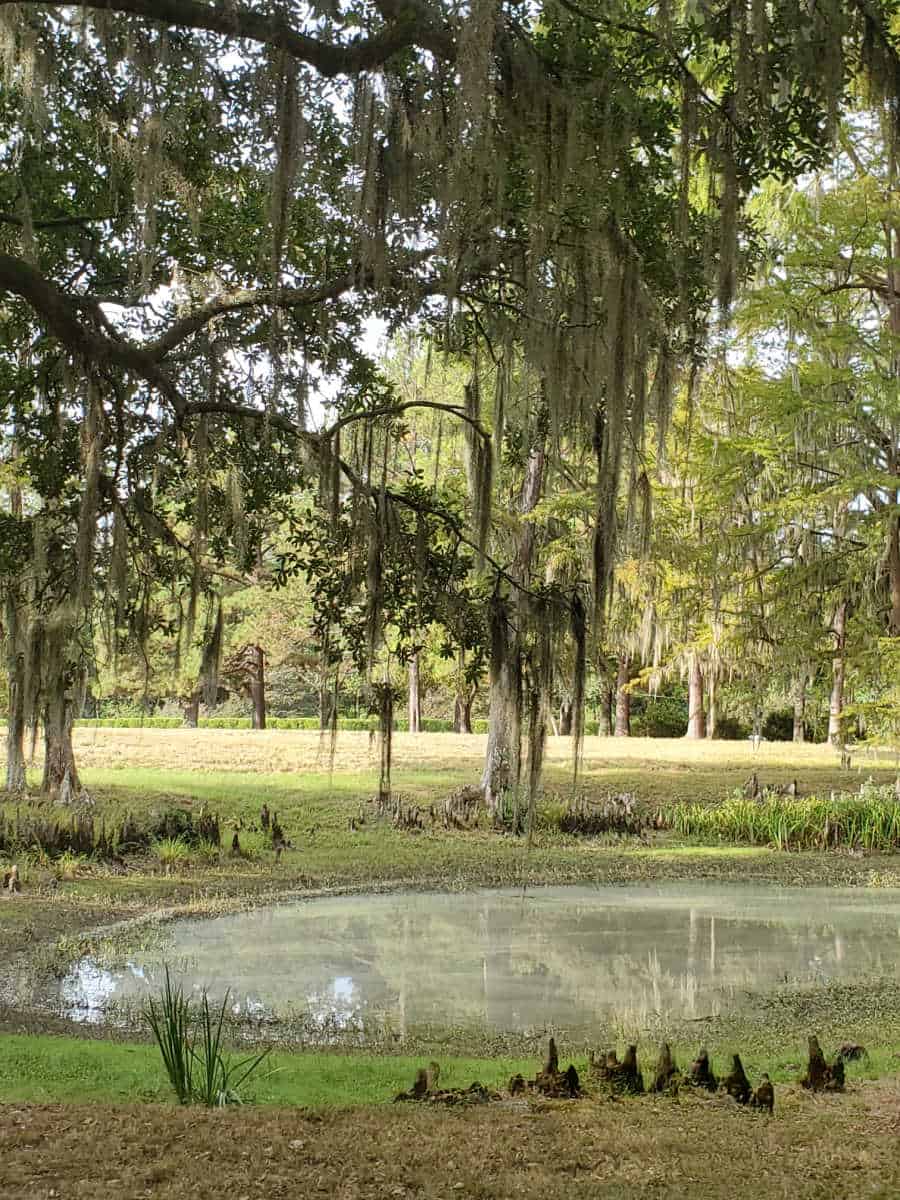
Is Natchez National Historical Park worth visiting?
Yes, The park does an amazing job of telling the history of the area in a way that is easy to understand and interesting.
From the downtown home of free African American Barber William Johnson to the Melrose plantation estate and slave quarters you will learn a lot about the rich cultural history of Natchez.
History of Natchez National Historical Park
Named after the Natchez tribe that called the region home for thousands of years, Natchez National Historical Park tells the tale of the people who lived, worked, and died in Natchez, Mississippi.
The park is made up of several historic structures and sites spread across Natchez. These include the Forks of the Road slave market, the Melrose estate, and the William Johnson House.
The park's history dates back to the early 18th century, when Natchez was founded by French colonists.In the mid-19th century, Natchez became a center of the antebellum South, with grand plantations and mansions built by wealthy plantation owners. However, the Civil War and the abolition of slavery brought significant changes to Natchez and the surrounding region.
The Natchez Tribe
Thousands of years before Natchez became the center of the antebellum South, the Natchez tribe lived here. The tribe hunted, gathered, and fished in the forests, rivers, and creeks of the region. Over time, the hunter-gatherers began settling down, planting crops, and building more permanent structures.
The Natchez tribe began building hundreds of earthen mounds around 800-1400 CE. The Natchez National Historical Park preserves two of these sites. These are the Emerald Mound and Grand Village of the Natchez Indians.
Mounds were constructed to be used for ceremonies, and games, becoming the centers of community life. The Natchez tribe was not isolated, evidence suggests the tribe engaged in trade with other tribes along the Mississippi, that even stretched as far as the Great Lakes region and Mexico.
When the first Europeans began to settle in the region in 1716, the Natchez were initially welcoming but relations soon soured. By 1729 the Natchez attacked the fort the French settlers had erected, called Fort Rosalie, killing almost all of its inhabitants.
The French retaliated, killing almost all of the Natchez people. By 1731, Those who survived fled the area.
Fort Rosalie
Fort Rosalie was the first European settlement on the lower Mississippi River. The fort was established by the French, who began exploring the region in 1716, 140 years after Spaniard Hernando De Soto passed through the area.
The French began planting tobacco plantations and establishing settlements in Natchez territory. They needed a stronghold in the area to protect their interests if necessary and to trade with the Natchez people so they built Fort Rosalie. The fort was built close to the main Natchez village of Grand Village.
On November 28th 1729, relations between the French and the Natchez tribe turned violent. The Natchez revolted against the French colonists, killing between 229 to 285. The revolt was in response to the French colonial commandant, Sieur de Chépart, demand for land to establish a tobacco plantation close to the fort.
When the Natchez attacked the fort, they also attacked the homesteads of the colonists. They spared most of the women and African American slaves. The warriors burned the fort and the homesteads to the ground.
The French retaliation was brutal and quick, carrying out massacres of the people of the nearby native villages in response.
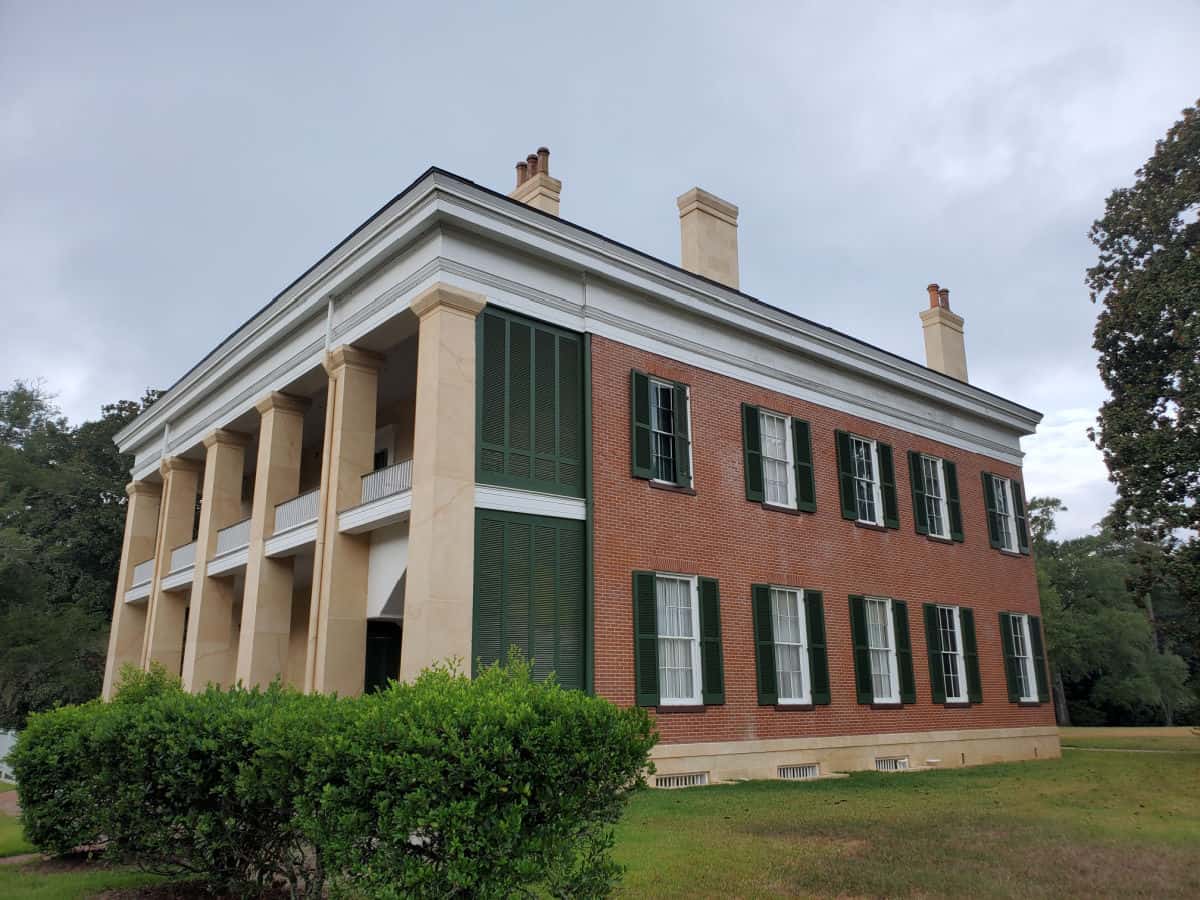
Melrose
Natchez National Historical Park is home to the grand estate and mansion known as Melrose. The home is a prime example of the Greek revival architectural style designed by architect Jacob Byers, the home was never a working plantation. It was built in 1848 by a lawyer called John T. McMurran.
The McMurrans named the house Melrose after Melrose Abbey in Scotland. The McMurrans lived in the home, along with 22 enslaved people who worked in the home and on the land from 1848 until 1865.
Due to financial issues caused by the Civil War, the McMurrans sold the house to George and Elizabeth Davis in 1865. The Davis family owned and lived in the home intermittently from that point onwards until 1976.
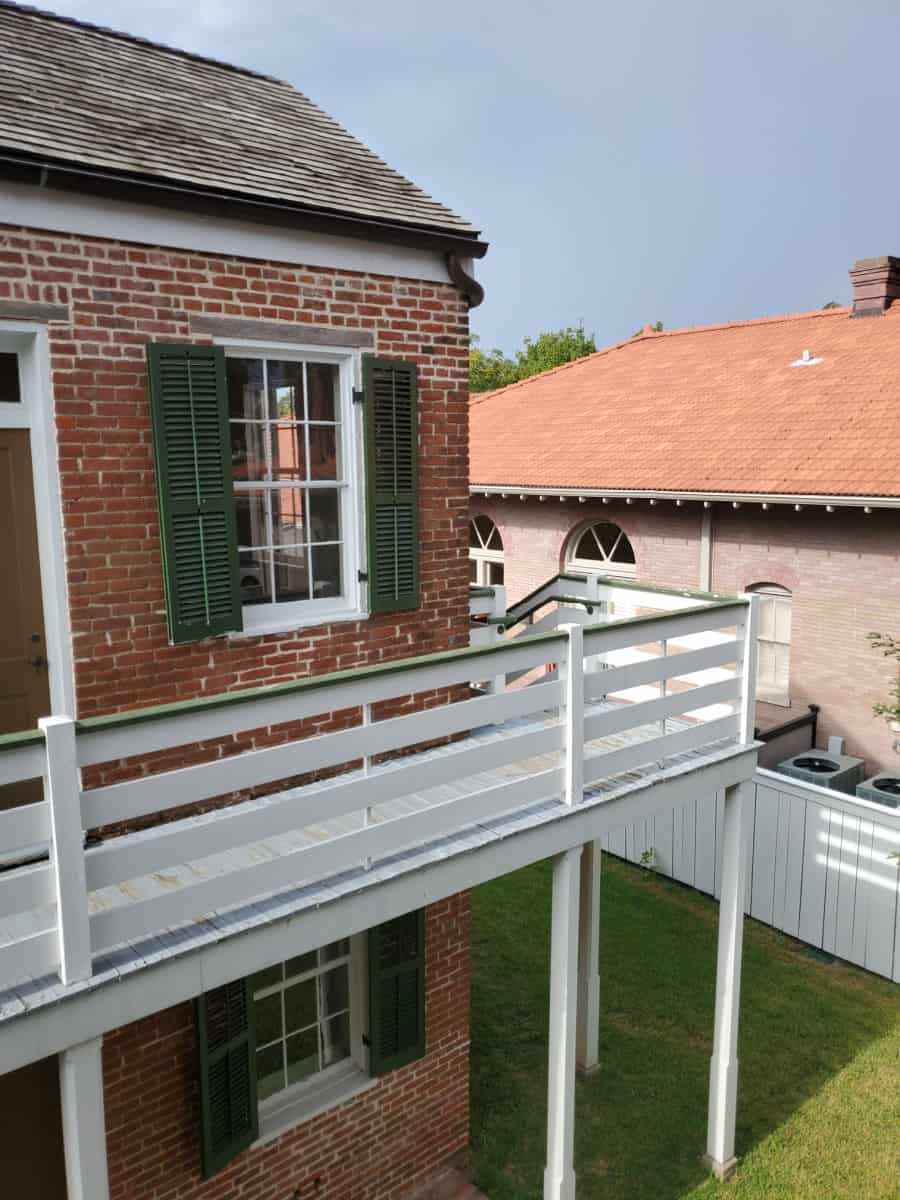
William Johnson House
The William Johnson House is the home of a man known as the ‘barber of Natchez,’ William Johnston. Johnson was born into slavery in 1809 but was freed at the age of 11. Johnson bought his first barbershop in 1830, where he allowed free African American boys to learn how to be barbers.
When he bought his first barber shop, Johnson began to keep a diary, one he wrote in every day for 16 years. His diaries give us a glimpse into what everyday life was like in Natchez, especially for the free African American community.
Johnson built his fortune and opened two more barber shops, and bought a farm. Johnson, despite being born into slavery, owned several enslaved people himself. The enslaved people worked in William Johnson’s house, barber shops, and farms.
Johnson was murdered in 1851 outside of his farm which was to the south of Natchez. He was attacked and shot by Baylor Winn over a land dispute. Despite Johnson naming his attacker on his deathbed, Winn was never held accountable due to Mississippi law at the time.
Forks of the Road Market
During the 1800s, before the American Civil War, Natchez served as the center of the slave economy. The economy of the south relied heavily on the labor of enslaved people. The market was started by Isaac Franklin and John Armfield, who realized they could purchase people from areas where they did not cost as much, and sell them for much more.
Forks of the Road Market, established at the intersection of Liberty Road and D'Evereux Drive became the second-largest slave market in the Deep South. Thousands of men, women, and children were transported to Natchez from Kentucky, the Carolinas, Virginia, and Maryland.
The people sold at the market were kept in ‘slave pens’ that were torn down by the 58th United States Colored Troops in 1863. Many of the soldiers who tore down the ‘pens’ to create barracks for the Union Army had been held and sold at the market.
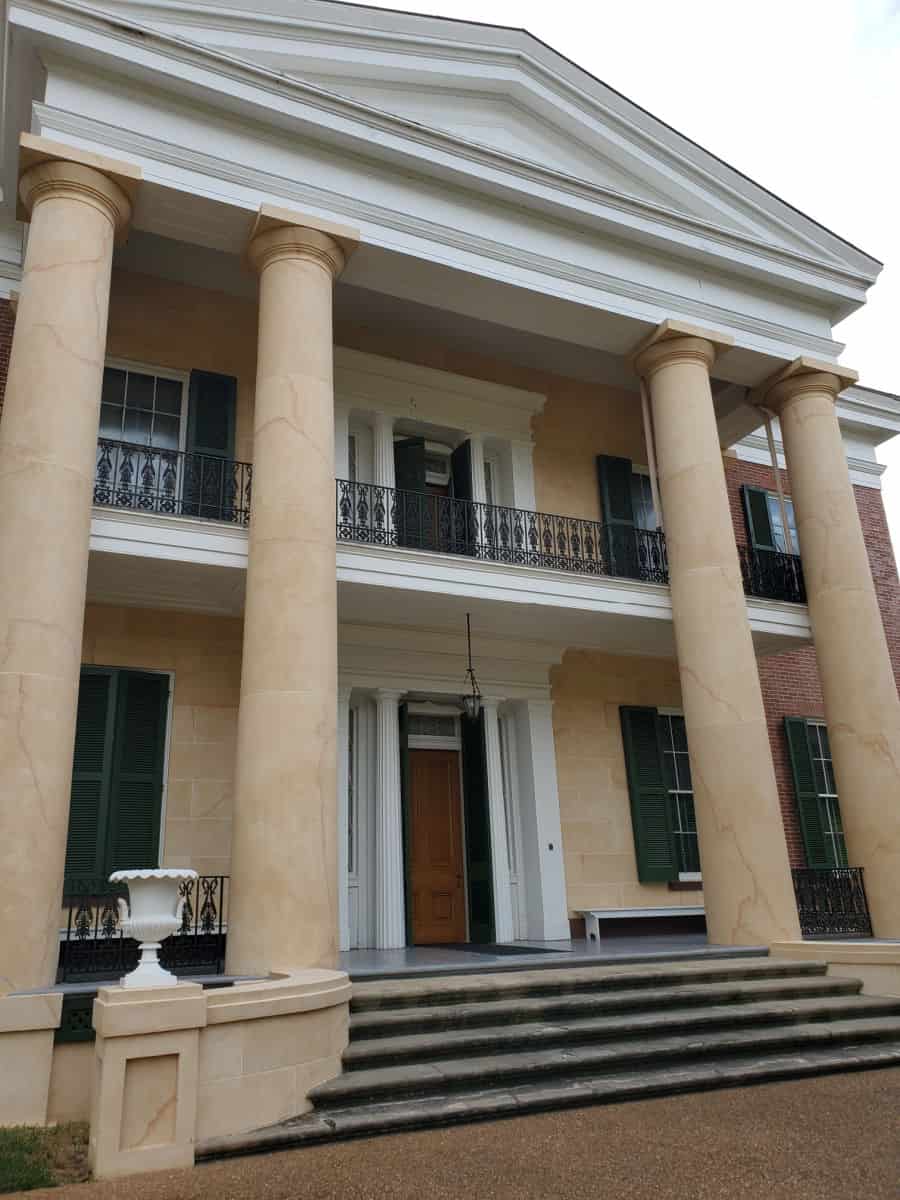
Things to know before your visit
Entrance fee
Melrose Mansion Guided Tour Fee - Adults age 18 and above - $11.00
This per-person fee is for a ranger-guided tour of the Melrose mansion. The tour is approximately 30 minutes long.
Melrose Mansion Guided Tour Fee - 17 and under - $0.00
Melrose Mansion Guided Tour Fee - Educational/School Groups - $0.00
Entrance to Melrose Grounds, Formal Gardens & Outbuildings - $0.00
Entrance to the William Johnson House Site - $0.00
Learn more about National Park Passes for parks that have an entrance fee.
$80.00 - For the America the Beautiful/National Park Pass. The pass covers entrance fees to all US National Park Sites and over 2,000 Federal Recreation Fee Sites for an entire year and covers everyone in the car for per-vehicle sites and up to 4 adults for per-person sites.

Buy your pass at this link, and REI will donate 10% of pass proceeds to the National Forest Foundation, National Park Foundation, and the U.S. Endowment for Forestry & Communities.
National Park Free Entrance Days -Mark your calendars with the free entrance days the National Park Service offers for US citizens and residents.
Time Zone
Central Time Zone
Pets
Pets are not allowed within the park.
Cell Service
Cellular data service is typically available throughout the park
Park Hours
The exhibit area at the Forks of the Road site is open daily from sunup to sundown.
Fort Rosalie
The Fort Rosalie site is open daily from sunup to sundown.
Melrose
Melrose is open daily from 8:30 am to 5 pm. At the present, Melrose is closed on Mondays and Tuesdays. Guided tours of the mansion are offered at 9:00 am, 10:00 am, 11:00 am, 2:00 pm, 3:00 pm, and 4:00 pm. Reservations for the house tour must be made on Recreation.gov.
Melrose is closed on Thanksgiving Day, Christmas Day, and New Year;s Day.
Natchez Visitor Center
The Natchez Visitor Center is is open daily from 8:30 am to 5:00 pm.
The visitor center is closed on Thanksgiving Day, Christmas Day, and New Year's Day.
The William Johnson House
The William Johnson House site is closed at this time.
Wi-Fi
Public Wi-Fi is available
Insect Repellent
Insect repellent is always a great idea when outdoors, especially if you are around any body of water.
We use Permethrin Spray on our clothes before our park trips.
Water Bottle
Make sure to bring your own water bottle and plenty of water with you. Plastic water bottles are not sold in the park.
Parking
There are accessible parking spaces available in the main parking lot.
Food/Restaurants
There is no restaurant located within the Natchez National Historical Park
Gas
There is no gas station in the Natchez NHP. The nearest gas station is approximately 1 mile away from the park.
Drones
Drones are not permitted within National Park Sites.
National Park Passport Stamps
National Park Passport stamps can be found in the visitor center.
Natchez NHP is part of the 2012 Passport Stamp Set.
We like to use these circle stickers for park stamps so we don't have to bring our passport book with us on every trip.
The National Park Passport Book program is a great way to document all of the parks you have visitied.
You can get Passport Stickers and Annual Stamp Sets to help enhance your Passport Book.
Electric Vehicle Charging
There are EV charging stations available at a distance of 1 to 70 miles from the park.
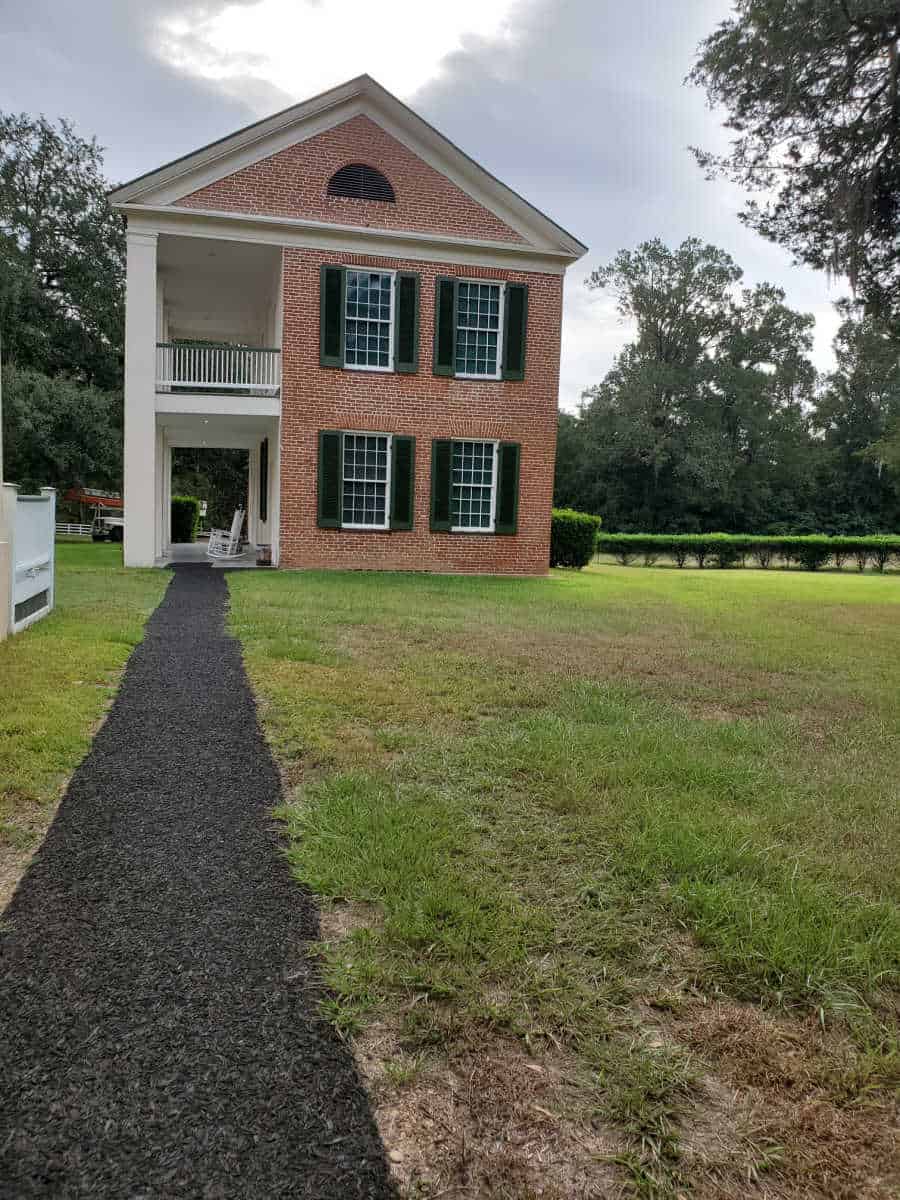
Details about Natchez National Historical Park
Size - 108 acres
Check out how the park compares to other National Parks by Size.
Date Established
October 7, 1988
Visitation
In 2022, Natchez NHP had 64,691 park visitors
In 2021, Natchez NHP had 56,264 park visitors.
In 2020, Natchez NHP had 57,646 park visitors.
In 2019, Natchez NHP had 182,123 park visitors.
Learn more about the most visited and least visited National Parks in the US
National Park Address
Melrose Estate is located at 1 Melrose-Montebello Parkway, Natchez, MS 39120.
William Johnson House is located at 212 State Street, Natchez, MS 39120.
Natchez National Historical Park Headquarters and the Natchez Visitor Center is located at the intersection of U.S. Highway 84 and Canal Street in Natchez, MS.
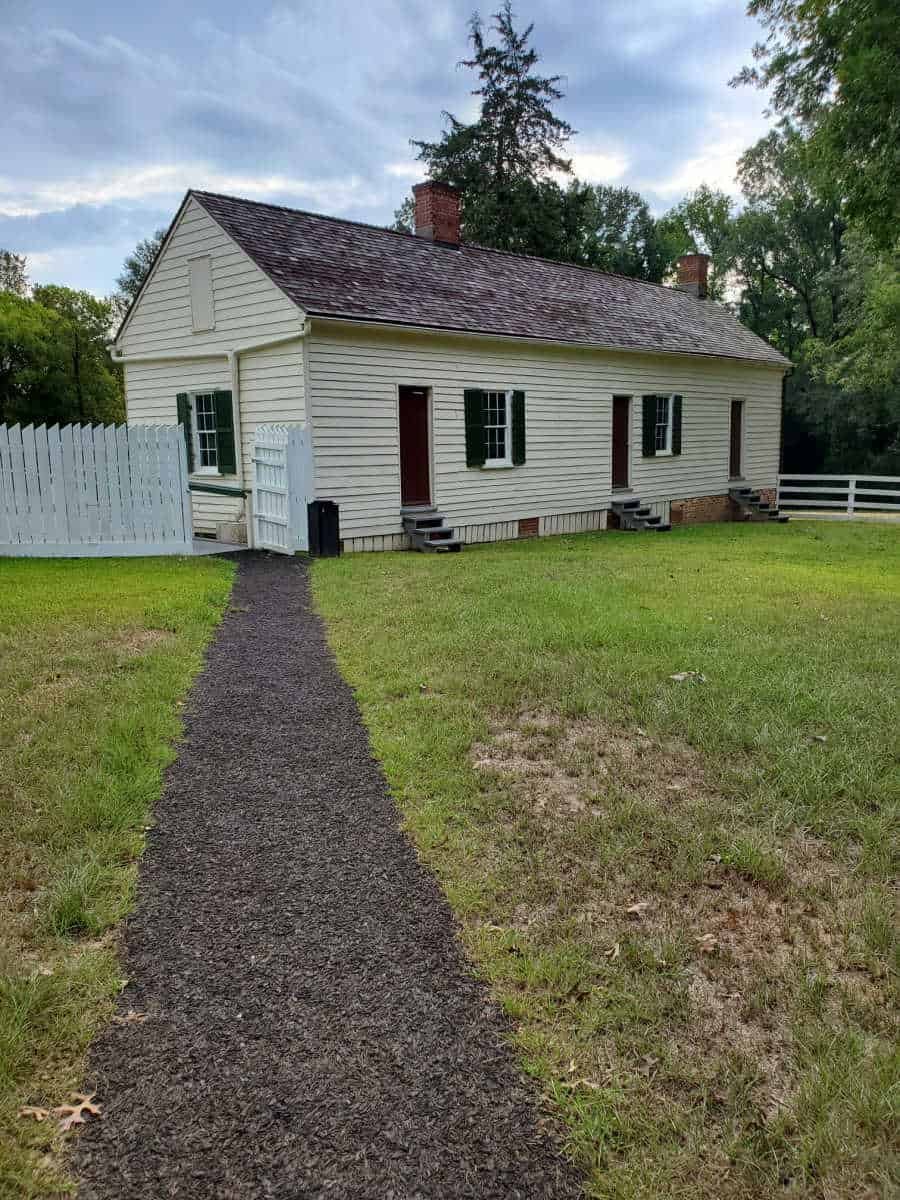
Where is Natchez National Historical Park?
Located in Natchez, Mississippi, in the southern United States, Natchez National Historical Park is comprised of three distinct sites:
Fort Rosalie, the William Johnson House, and the Melrose Estate. Originally constructed by the French in 1716, Fort Rosalie was later utilized by the British and then the Americans.
Meanwhile, the William Johnson House served as the residence of a free African American entrepreneur during the antebellum era.
The Melrose Estate is a historic mansion constructed in the Greek Revival style during the mid-1800s.
By exploring the park, visitors can learn about the diverse and multifaceted history of the region, including the roles of Native Americans, Europeans, Africans, and African Americans in shaping the area over time.
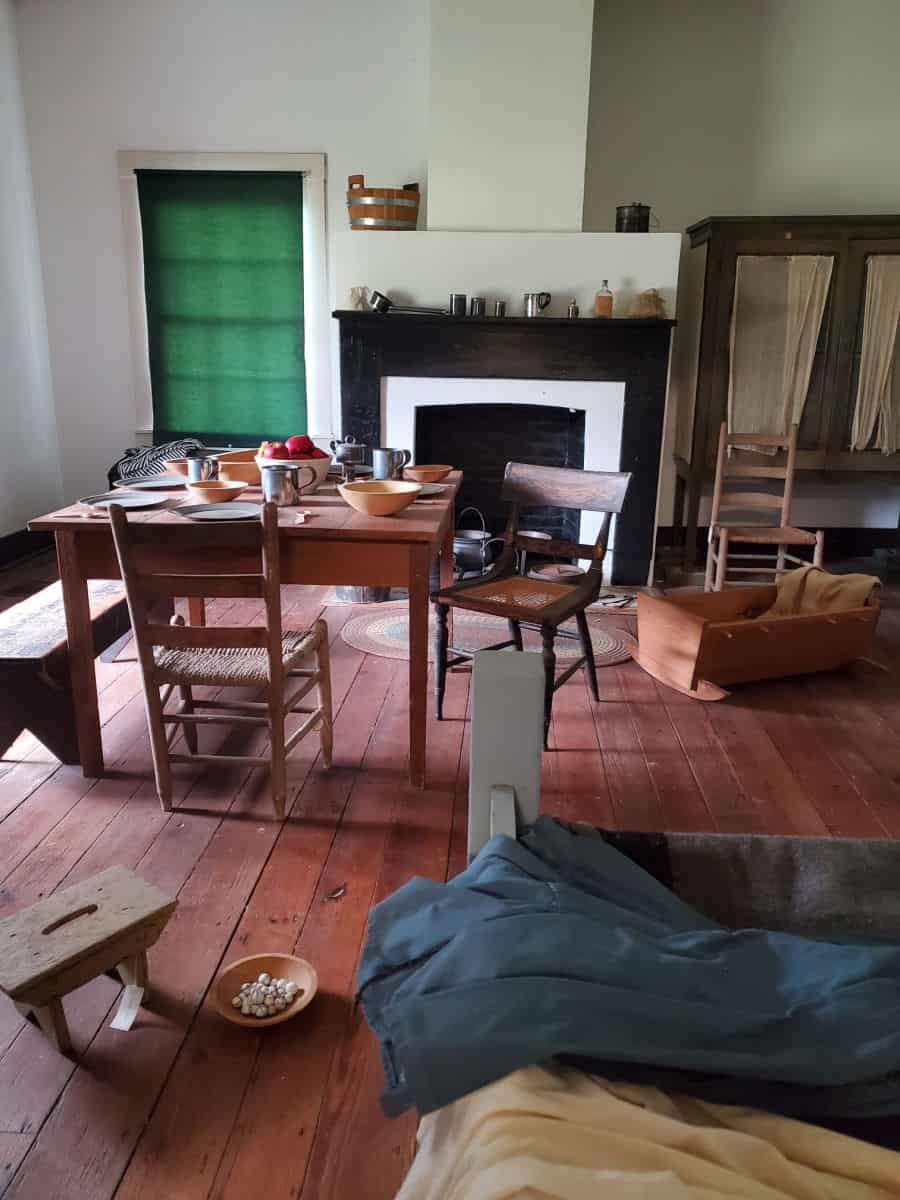
Estimated distance from major cities nearby
- Vidalia, Louisiana- 3 miles
- Ferriday, Louisiana - 11 miles
- St. Francisville, Louisiana - 61 miles
- Baton Rouge, Louisiana - 92 miles
- Jackson, Mississippi - 103 miles
- Alexandria, Louisiana - 74 miles
- Monroe, Louisiana - 97 miles
- New Orleans, Louisiana - 171 miles
- Memphis, Tennessee - 304 miles
Estimated Distance from nearby National Park
Congaree National Park - 834 miles
Gateway Arch National Park - 576 miles
Hot Springs National Park - 317 miles
Great Smoky Mountains National Park - 364 miles
Big Bend National Park - 909 miles
New River Gorge National Park - 958 miles
Where is the National Park Visitor Center?
The Natchez National Historical Park is located at 640 S Canal St, Natchez, MS 39120, USA
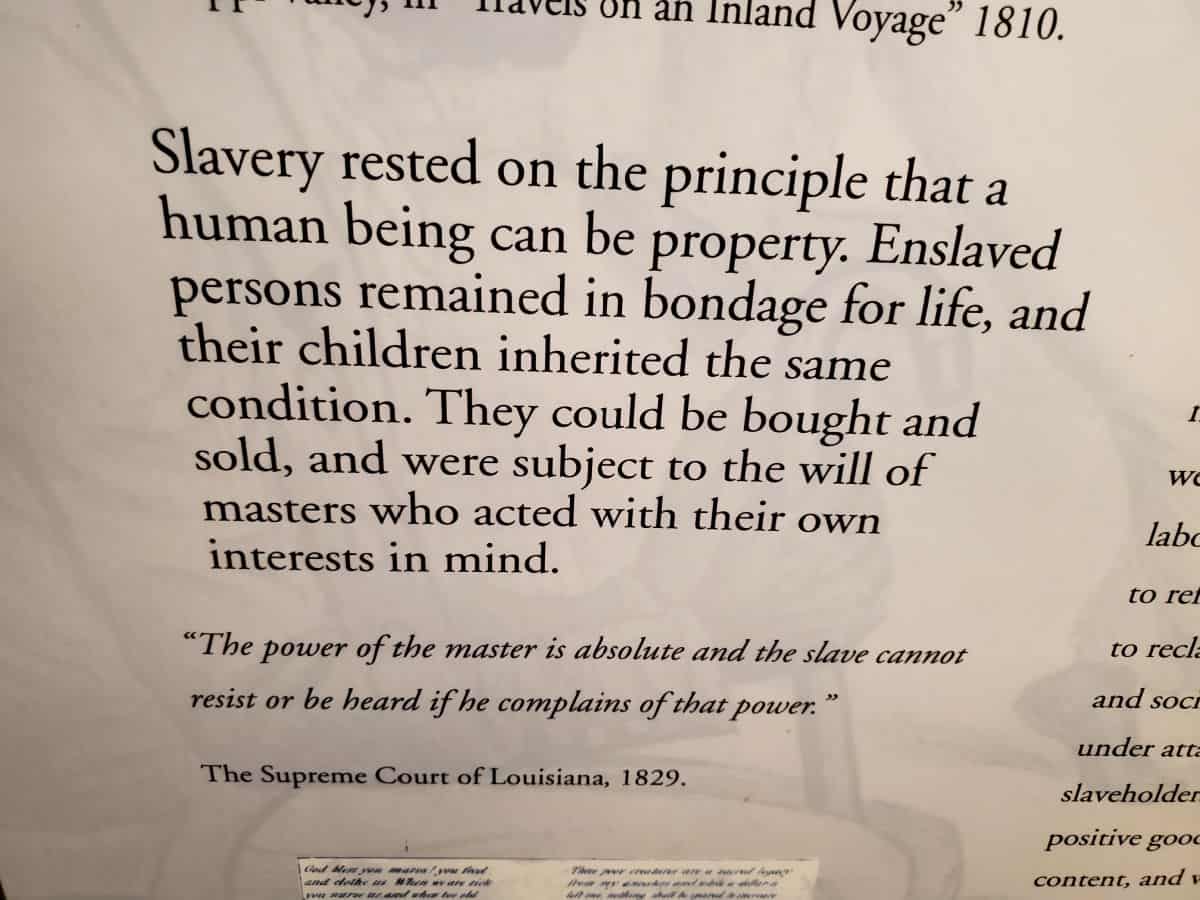
Getting to Natchez NHP
Closest Airports
- Alexandria International Airport (AEX) - 82 miles
- Jackson-Medgar Wiley Evers International Airport (JAN) - 111 miles
- Baton Rouge Metropolitan Airport (BTR) - 85 miles
- Monroe Regional Airport (MLU) - 95 miles
International Airports
- Louis Armstrong New Orleans International Airport (MSY) - 160 miles
- George Bush Intercontinental Airport (IAH) - 295 miles
- Hartsfield-Jackson Atlanta International Airport (ATL) - 487 miles
- Memphis International Airport (MEM) - 297 miles
Regional Airports
- Natchez-Adams County Airport (HEZ) - 11 miles
- Concordia Parish Airport (0R4) - 8 miles
- St. John the Baptist Parish Airport (1L0) - 139 miles
- Baton Rouge Metropolitan Airport (BTR) - 85 miles
- Jackson-Medgar Wiley Evers International Airport (JAN) - 111 miles
Driving Directions
If you are coming from the north, take US-61 South and exit at John R Junkin Drive. Turn left onto John R Junkin Drive and proceed for 2.1 miles.
If you are coming from the south, take US-61 North and exit at Jefferson Street. Turn right onto Jefferson Street and proceed for 1.6 miles.
If you are coming from the east, take US-84 West and exit at Canal Street. Turn left onto Canal Street, then right onto S. Union Street. Proceed for 0.3 miles and turn left onto John R Junkin Drive.
If you are coming from the west, take US-98 East and continue onto US-84 East. Exit at Canal Street and follow the directions above.
Once you arrive at Natchez National Historical Park, park in the designated areas and follow the signs to the various historical sites.
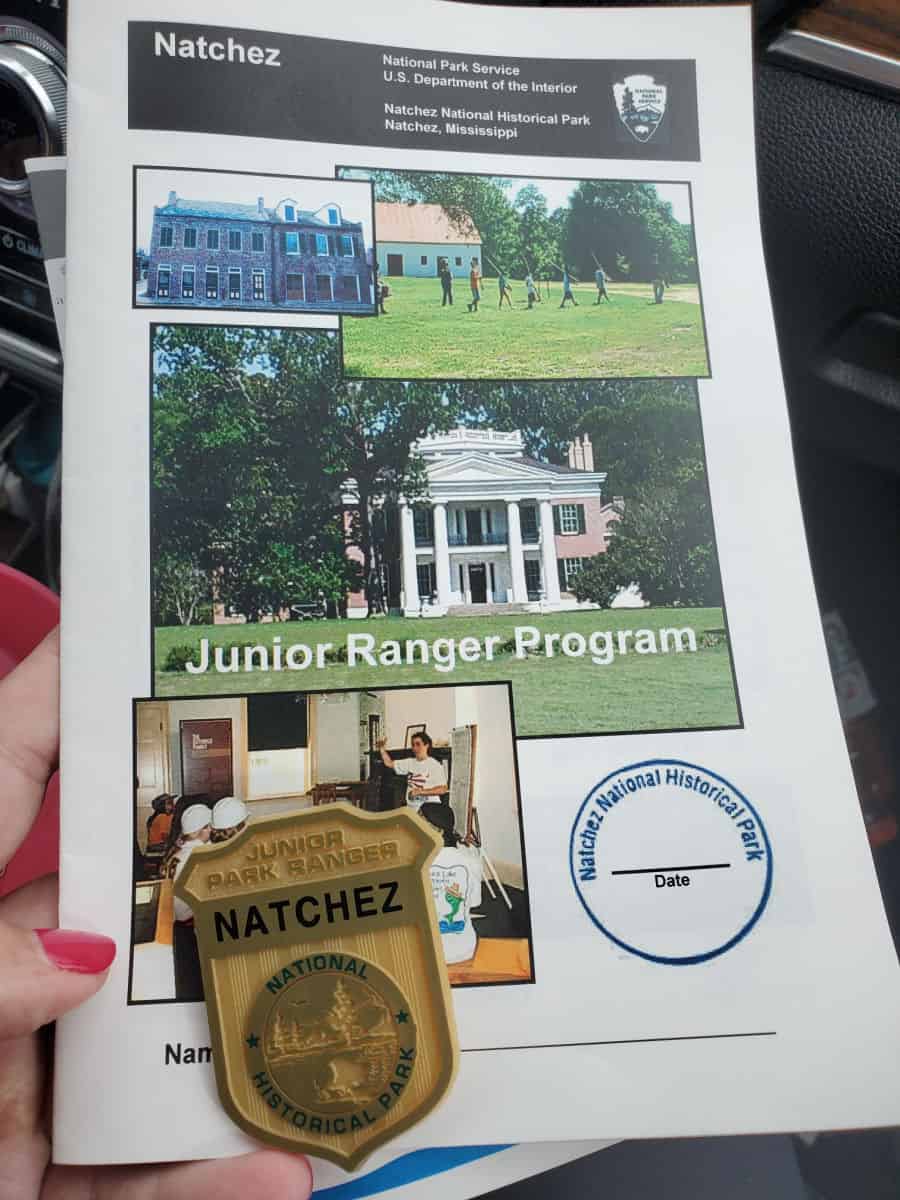
Best time to visit
The best time to visit Natchez National Historical Park would be in the spring (March to May) or fall (September to November).
During these seasons, the weather is mild and comfortable with fewer crowds than the summer months. Visiting during the spring season will allow you to see beautiful blooming flowers while fall brings beautiful autumn colors.
Keep in mind that the park is closed during the winter months and may experience some seasonal flooding.
The park offers a variety of activities, including guided tours, historic homes, and walking trails. It's recommended to check the park's website for any changes to opening hours, events, or closures before planning your trip.
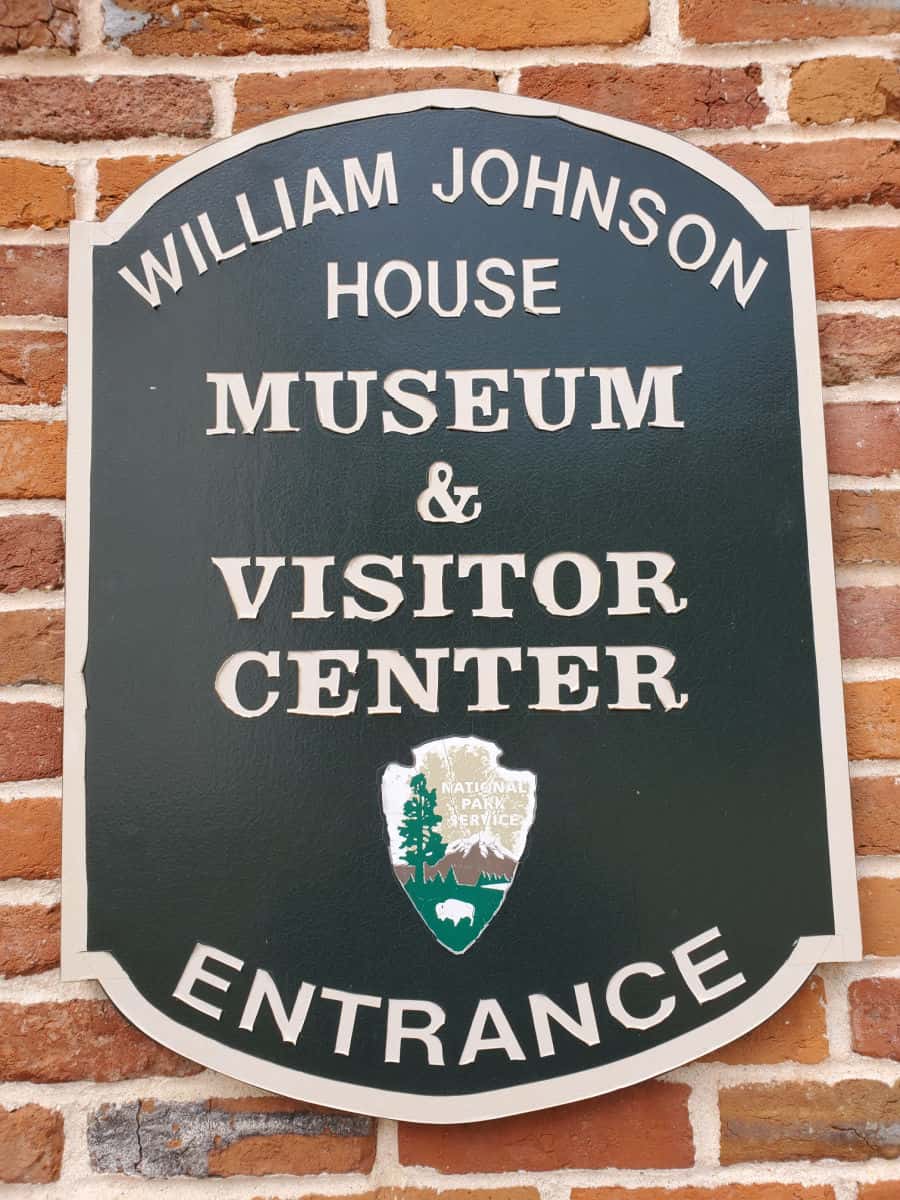
Weather and Seasons
The warmest weather months in Natchez National Historical Park are typically June, July, and August, with average high temperatures ranging from the upper 80s to lower 90 degrees.Visitors should plan for hot and humid conditions during this time and take precautions to stay hydrated and cool, such as wearing light-colored, loose-fitting clothes and bringing along a water bottle.
The Natchez National Historical Park in Mississippi experiences hot and humid summers but milder temperatures in the fall and winter months. The coolest weather months are typically between November and February, with average temperatures ranging from the mid-40s to the mid-60 degrees. Visitors to the park during this time can enjoy comfortable hiking and outdoor activities without the oppressive heat of the summer. However, it's important to note that colder temperatures and occasional rainfall can occur during these months, so visitors should come prepared with appropriate clothing and gear.
The park is located in Mississippi, which generally experiences mild winters with occasional snowfall. According to historical data, the snowiest months in Natchez are typically January and February.
However, it's important to note that snow is still a rare occurrence in this region and heavy snowfalls are infrequent. Visitors to the park during the winter months should anticipate cool temperatures and potentially wet conditions, but should not expect heavy snowfall. Visitors should also be aware of any weather-related closures or restrictions, as severe weather events can occur at any time of year.
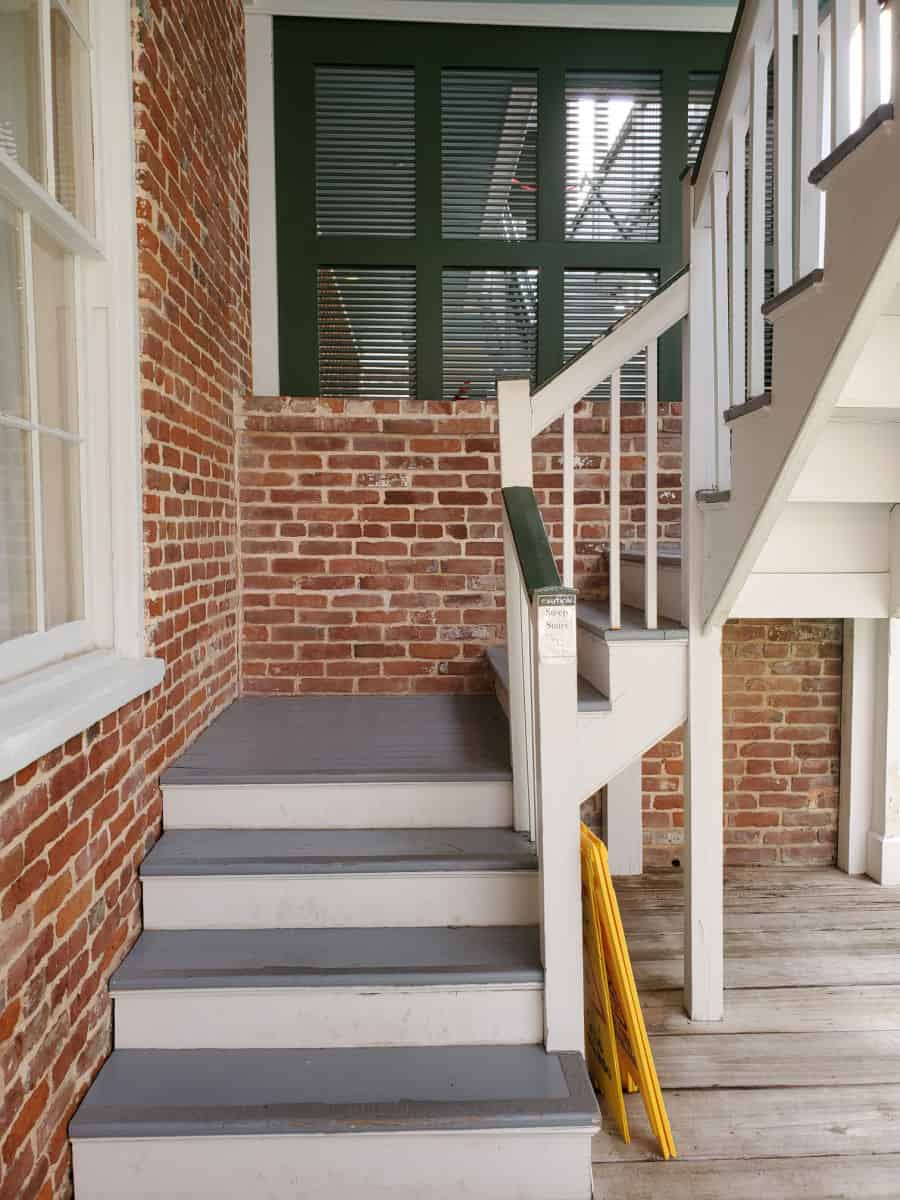
Best Things to do at Natchez National Historical Park
We suggest planning at minimum a half a day to visit the park but it could easily take longer depending on how much time is spent at each area.
Natchez National Historical Park is home to several historic sites, including the William Johnson House, the Melrose Estate, and the Fort Rosalie Archaeological Site.
Visitors can take guided tours of each location to learn about the history of Natchez, Mississippi.
The William Johnson House was the home of a free African American businessman who lived in the area during the mid-1800s.
The Melrose Estate is a beautiful antebellum home that exemplifies the grandeur of the pre-Civil War South.
Finally, the Fort Rosalie Archaeological Site is where the original French fort once stood, and visitors can explore the remains of the fort and learn about its significance in the area's history.
Other activities in the park include hiking the trails, enjoying a picnic, or attending one of the many cultural events held throughout the year.
Natchez Visitor Center
This visitor centers is actually shared between the city of Natchez Visitor Bureau, Mississippi Tourism, and Eastern National Bookstore for the National Park Service.
You will not find the actual park exhibits here but you can get a passport stamp, brochures, and a map of the park.
There is a 20-minute movie that depicts the history of Natchez, Mississippi.
Located in downtown Natchez, Mississippi.
Junior Ranger Program
The Junior Ranger Program is a fantastic way to deep dive into learning more about the park.
Programs can be picked up at both Melrose House and William Johnson House.
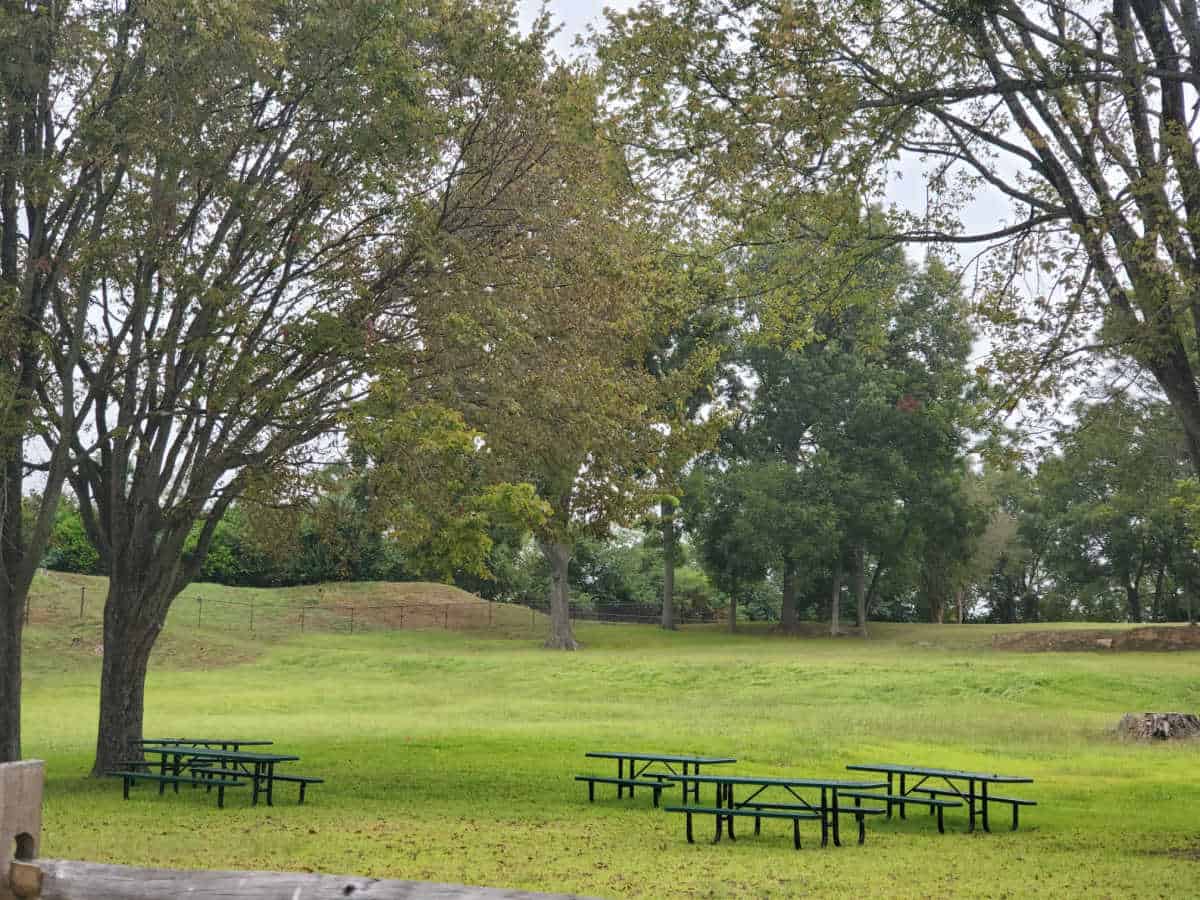
Fort Rosalie
There are a few interpretive panels at Fort Rosalie. You can pull over and see the area where Fort Rosalie was founded on August 3, 1716.
This 18th century fort was built by the French. The fort anchored a European settlement that survived three different periods of European rule over the course of the 1700s (French, British, and Spanish) and developed into the capital of the Mississippi Territory under United States governance at the end that century.
Melrose House
Melrose House is an 1800s Greek Revival Mansion that housed the John T. McMurran family beginning in 1841.
Ranger Led Tours are offered at the main house. We did not have the chance to take a tour due to time restraints.
During the tour of the main house, you can learn more about the story of everyday life in antebellum Natchez.
Reservations for guided Melrose Mansion Tour must be made on Recreation.gov. Tours start at 9, 10, 11, 2, 3, and 4; masks are optional. Beginning March 1, Melrose will be temporarily closed on Tuesdays.
If you are can't make one of the ranger-guided tours you can take a self-guided tour of the grounds.
The dairy and laundry are located behind the main house.
Cows were raised on the plantation. Milk was processed and preserved in the dairy.
The 2nd story was used at the living quarters for 3 house slaves.
Behind the Melrose House, there is a walkway to the former slave quarters. Please make sure you visit this part of the park.
The interpretive panels do a great job of really showing what life was like for slaves in this region.
These cabins were the living quarters for approximately 15 enslaved people including gardeners and blacksmith.
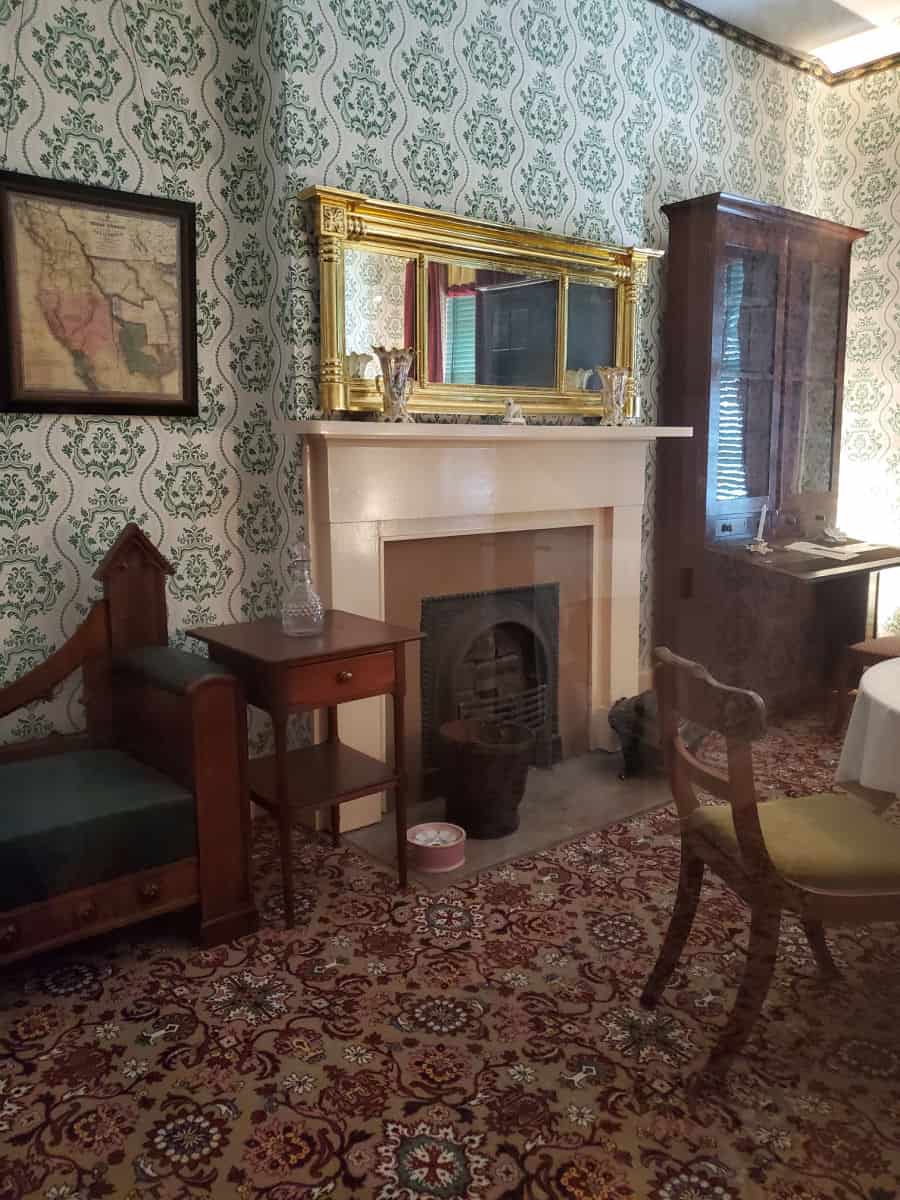
William Johnson House
William Johnson House is located in the town of Natchez.
William Johnson was a slave who was freed. He started out as a barber and eventually owned multiple barbershops, a farm, rental property, and timber.
The William Johnson House Museum includes a small store and museum on the 1st floor.
Upstairs you can view where the Johnson family lived. One thing to know is it is a steep outdoor staircase to reach the living quarters.
If you have any issues with stairs I would be very careful or skip the upstairs portion and enjoy the museum.
The museum and living quarters do an amazing job of sharing about the life of free African Americans in the pre-Civil War South.
One thing we found fascinating is William Johnson kept an in-depth diary from 1835-1851 which detailed everyday life in Natchez.
How to beat the crowds?
We did not experience any crowds during our visit.
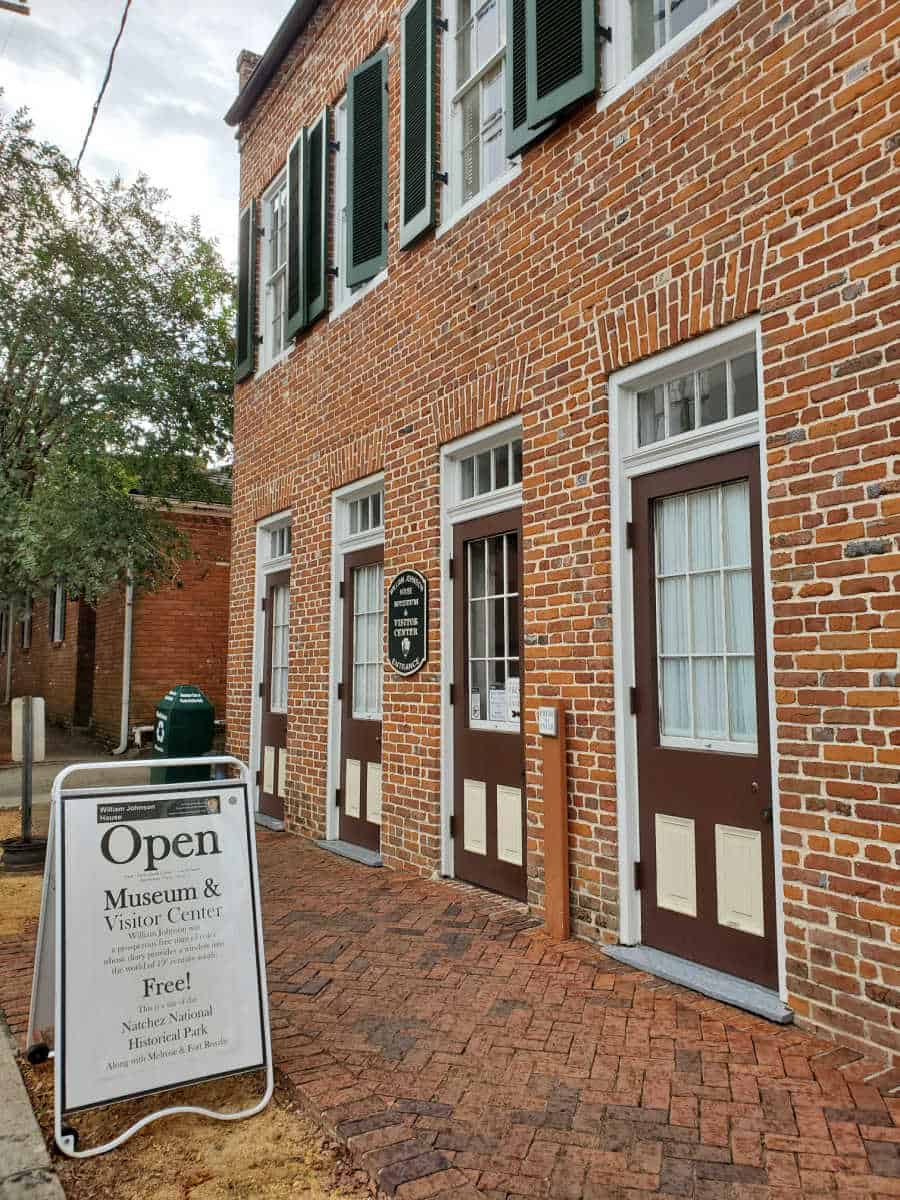
Where to stay when visiting
There are no National Park Lodges within the park.
Nearby lodging includes:
Monmouth Historic Inns and Gardens- This historic inn features beautifully appointed guest rooms, each with its own unique charm and character. The gardens at Monmouth are simply breathtaking, with lush greenery, winding paths, and charming features such as fountains and gazebos. Visitors to Monmouth can also enjoy a fine dining experience at the inn's award-winning restaurant, 1818. The restaurant offers a menu of Southern-inspired cuisine made with the freshest, highest-quality ingredients. In addition to its luxurious accommodations and exceptional dining, Monmouth is home to a rich history that is celebrated throughout the inn and its grounds. With its old-world charm and modern amenities, Monmouth Historic Inn and Gardens is the perfect destination for travelers seeking a truly unique and memorable experience.
The Beaumont House- The Beaumont House in Natchez is a historic mansion that was built in 1857. It is located in the heart of the town's downtown area and is one of the most well-preserved antebellum mansions in the area. The house has been impeccably renovated and restored and now serves as a luxurious bed and breakfast for guests. The Beaumont House is known for its elegant and comfortable accommodations, its unique architectural style, and its stunning views of the Mississippi River. Guests who choose to stay at the Beaumont House will be treated to a truly unforgettable experience that combines history, luxury, and Southern hospitality. Overall, the Beaumont House is an excellent choice for those who appreciate history, architecture, and the finer things in life.
The Pillars in Natchez B&B- The Pillars in Natchez B&B is a historic bed and breakfast located in Natchez, Mississippi. The main building, built in 1857, was originally a private residence before it was converted into a bed and breakfast in the late 1990s. The property features 20 guest rooms and suites spread across two buildings, and offers a range of amenities including complimentary breakfast, free Wi-Fi, and a pool. The main building’s architectural style is Greek Revival, while the second building features more modern décor. Guests can also enjoy the relaxing atmosphere of the property, which includes landscaped gardens and plenty of Southern hospitality.
Concord Quarters- Concord Quarters is a residential neighborhood is characterized by its large, well-manicured lawns and beautiful architecture. Many of the homes in Concord Quarters are historic, dating back to the 19th century. The area is known for its rich history, and residents can explore the many museums and historical sites in the area. Concord Quarters is a charming and welcoming community that offers a high quality of life to its residents.
Dunleith Historic Inn- Dunleith Historic Inn is a historic antebellum mansion built in 1856 in Natchez, Mississippi. It is a classic example of Greek Revival architecture and is located on 40-acre grounds that include beautiful gardens, fountains, and a carriage house. The mansion served as a hospital during the Civil War and was later converted into a hotel in the 1930s. The inn features 22 guest rooms, each with its unique charm and character, including original hardwood floors and antique furnishings. The onsite restaurant serves southern cuisine, and guests can relax on the veranda or take a dip in the pool. The Dunleith Historic Inn is not only a luxurious place to stay, but it also provides a glimpse into the rich history of Natchez and the American South.
Click on the map below for additional vacation rentals and hotels near the park.
Camping
Camping is not allowed on the premises. The park is not intended for overnight stays, and lacks the essential facilities to accommodate camping.
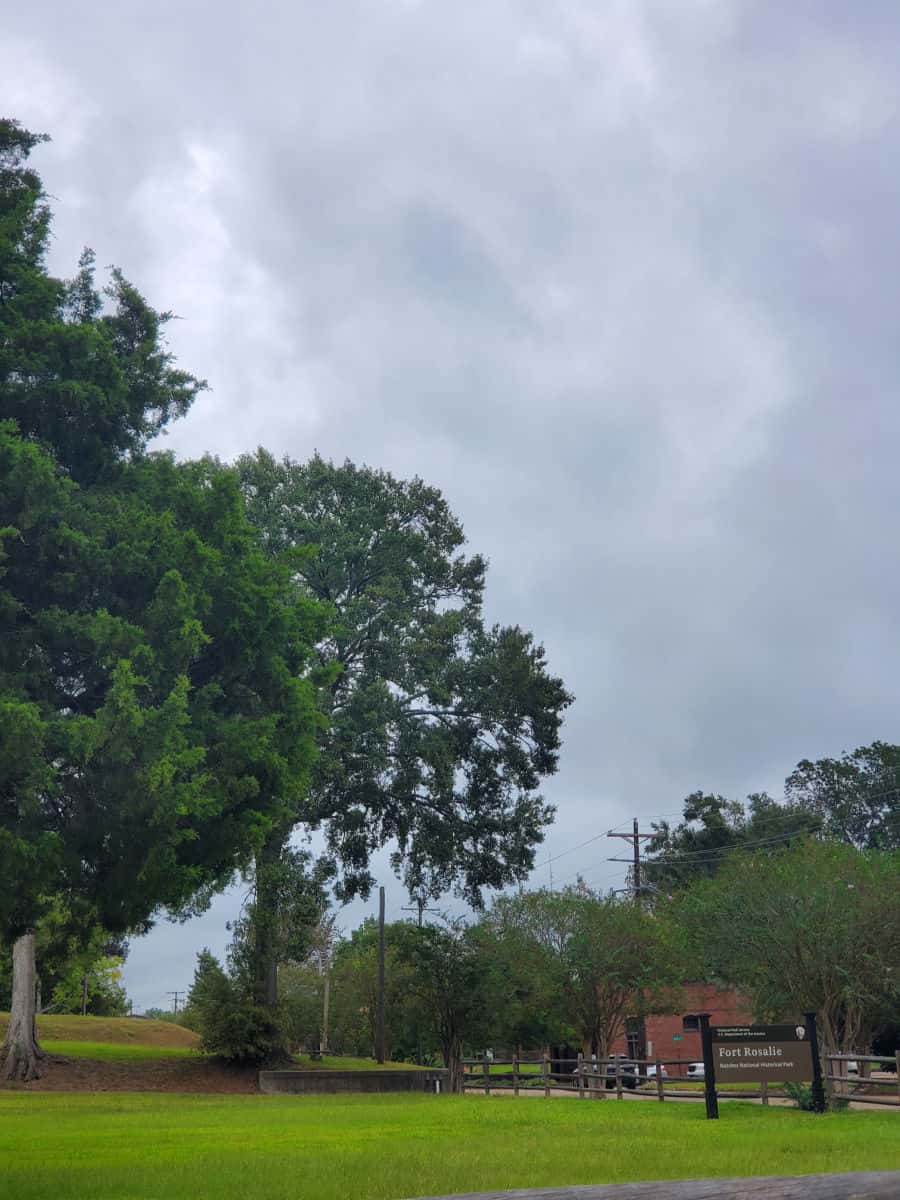
National Park Sites near Natchez National Historical Park
Cane River Creole National Historical Park
Medgar and Myrlie Evers Home National Monument
Poverty Point National Monument
Vicksburg National Military Park
Check out all of the Mississippi National Parks along with neighboring National Parks in Alabama, National Parks in Louisiana, National Parks in Tennessee, and Arkansas National Parks.
Make sure to follow Park Ranger John on Facebook, Instagram, Pinterest, and TikTok

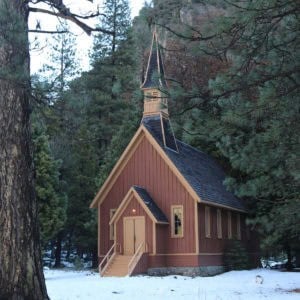
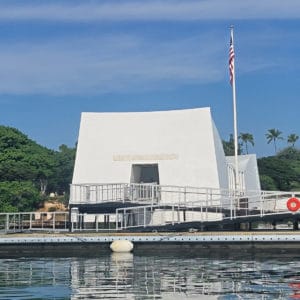


Leave a Reply